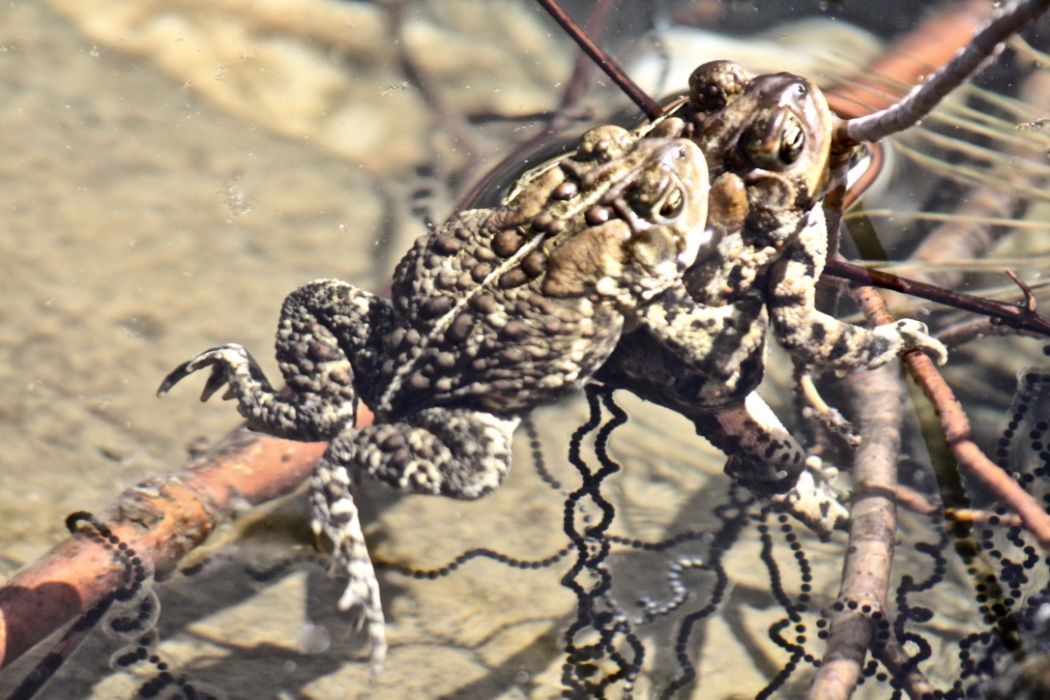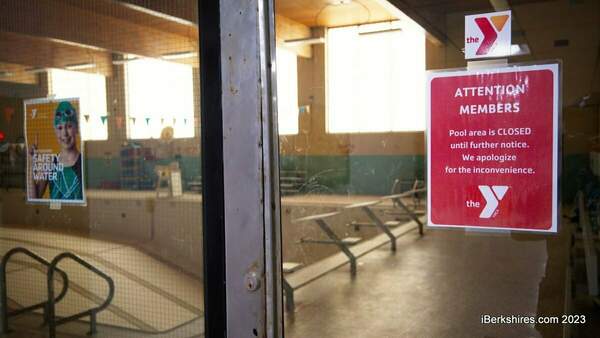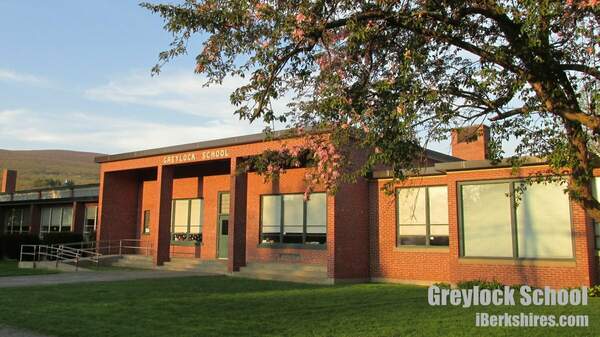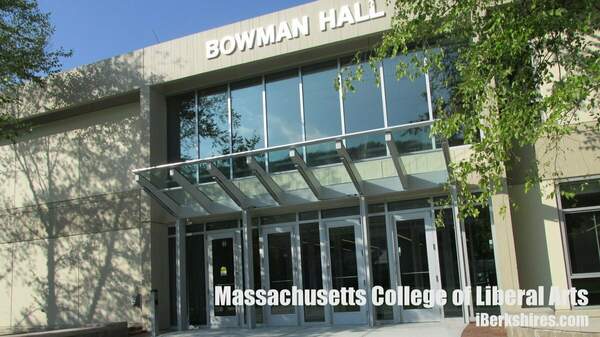Arnold Place Wins Two-Week Reprieve
 |
| Franklin Perras paints 34-40 Arnold Place two weeks ago. |
"My building inspector is probably home right now pulling his hair out," said Mayor John Barrett III at the meeting, being broadcast by Northern Berkshire Community Television.
Arnold Place was one four vacant properties with long lists of structural and exterior problems that the mayor had asked the City Council to approve for razing as part of his initiative to wipe out blight in the city.
The other three, 34 Harrison Ave., owned by Arthur Boucher, and 223-225 and 229-231 East Main St., owned by tenement mogul Charles "Rusty" Ransford, were quickly ordered to be razed or rehabilitated in two weeks time by their owners.
If they haven't been, the city can move in and take the buildings down. Barrett said a lien would be put on the properties in an effort to get the cost of their razings back.
More Time
But Franklin Perras, who had asked for more time at the public hearing held two weeks before, was back before the council with a plan in hand to fix his crumbling, five-unit apartment building.
Councilor Ronald Boucher, chairman of the Public Safety Committee, told the council that Perras had put in new windows but the sills were rotten, there were holes in the building, the foundation was crumbling and part of the structure was being held up by car jacks. What work Perras had done was without permits.
"I admire your will to fight but I just think at this point in time it's a bigger project than you think it is," he said.
<L2>Councilor Richard Alcombright wanted to know if Perras would have time to go over his plan with Building Inspector William Meranti. "We have an order in front of us that says it must be razed or rehabilitated in two weeks."
Barrett responded that Meranti had been dealing with these owners for years - "This didn't occur over the last six months" - and that he had warned the council that the owners would ask for more time.
"If you want to change it to six months go ahead," said the mayor. "You have the authority to do that."
Alcombright said he didn't want to change the order, but added "I'm concerned that [Perras] has no options at this time."
Estimates Lacking
Councilors were disturbed that Perras had submitted a plan that had no cost estimates, and several believed his estimate of $50,000 to $60,000 to refurbish the structure was woefully inadequate.
Both Councilors Lisa Blackmer and Robert R. Moulton Jr., who had recent experiences with renovating older structures, said Perras was likely looking at six figures to fix Arnold Place.
Councilor Michael Bloom said the Arnold Place building was the only one on the list he thought had potential because of its looks and location. He suggested Perras sell it to a developer better able to renovate it.
But Moulton said he would be willing to give Perras six months because he appeared to be trying; Councilor Clark Billings said he would be willing to wait another two weeks if Perras could come in with a contractor's estimates.
Boucher noted that the council had already asked Perras to do that.
"My understanding was to come back in two weeks with a plan of what I was going to do," said Perras. "I've never done this before."
Two contractors had looked at the building but wouldn't give him a written estimate until they knew what the council would do, he said, adding he had tried to do everything the city had told him to do.
"They said this porch has to come off, I took it off. They said trees have to come down, I took the trees down, the chimney was bad, I took down," said Perras. "I was just addressing what they were telling me in the letters."
Billings moved to postpone the order for two weeks - if Perras would come back with "facts and figures."
Several councilors, particularly Billings, believed that with a cost estimate in hand, Perras might realize he didn't have the wherewithal to refurbish the more-than-a-century-old building.
"Save your hard-earned money, don't sink it into this building," Boucher told Perras. "That's the best advice I can give you."

.jpeg)















